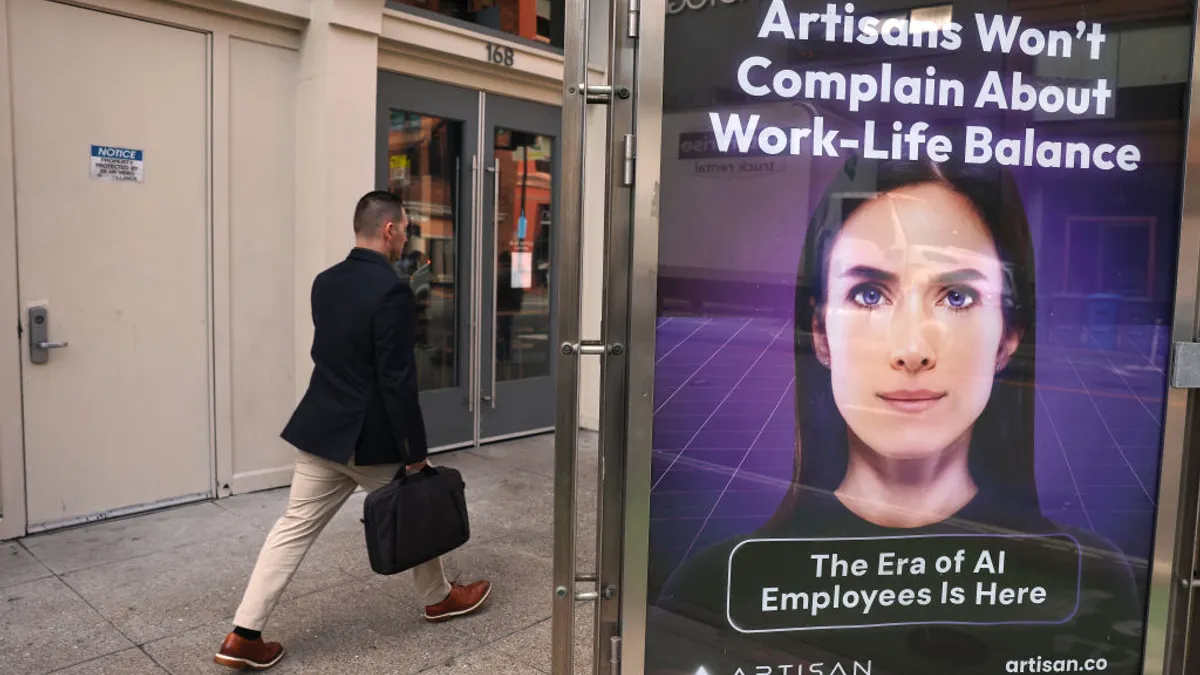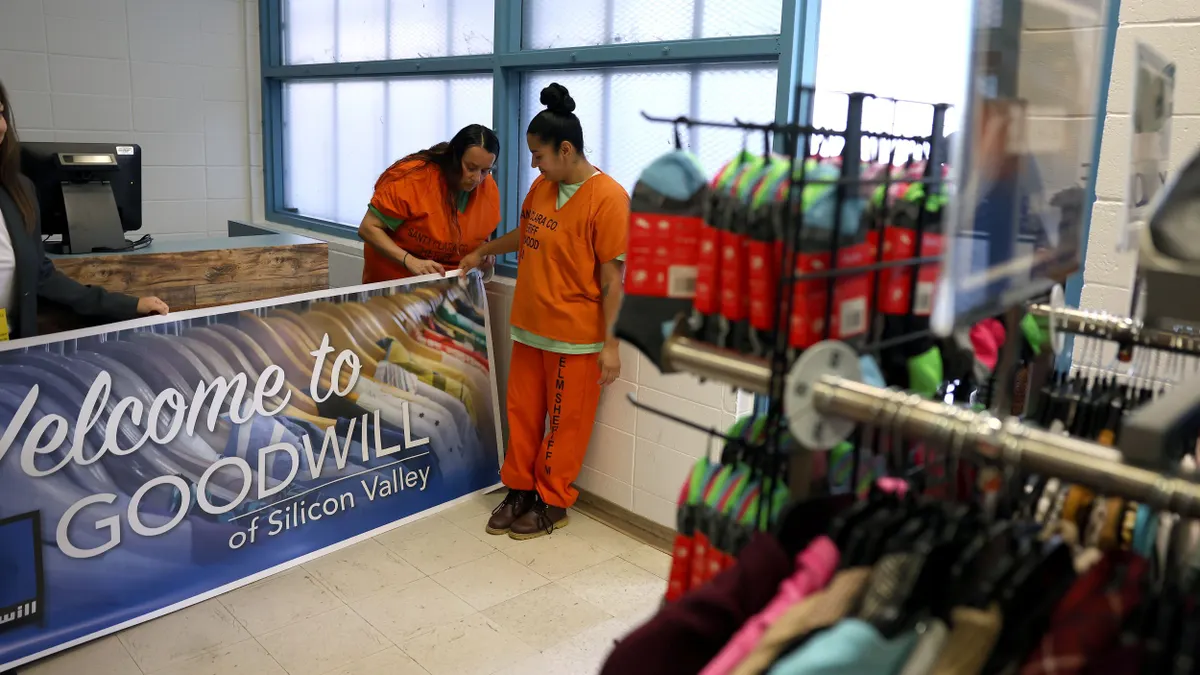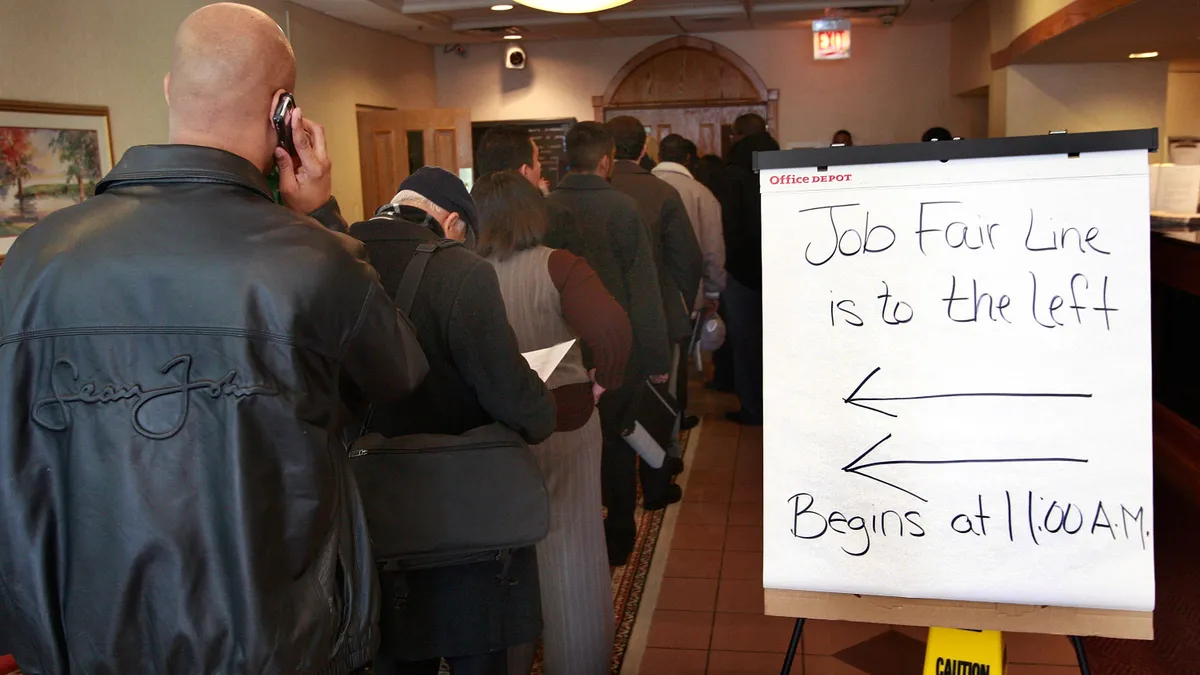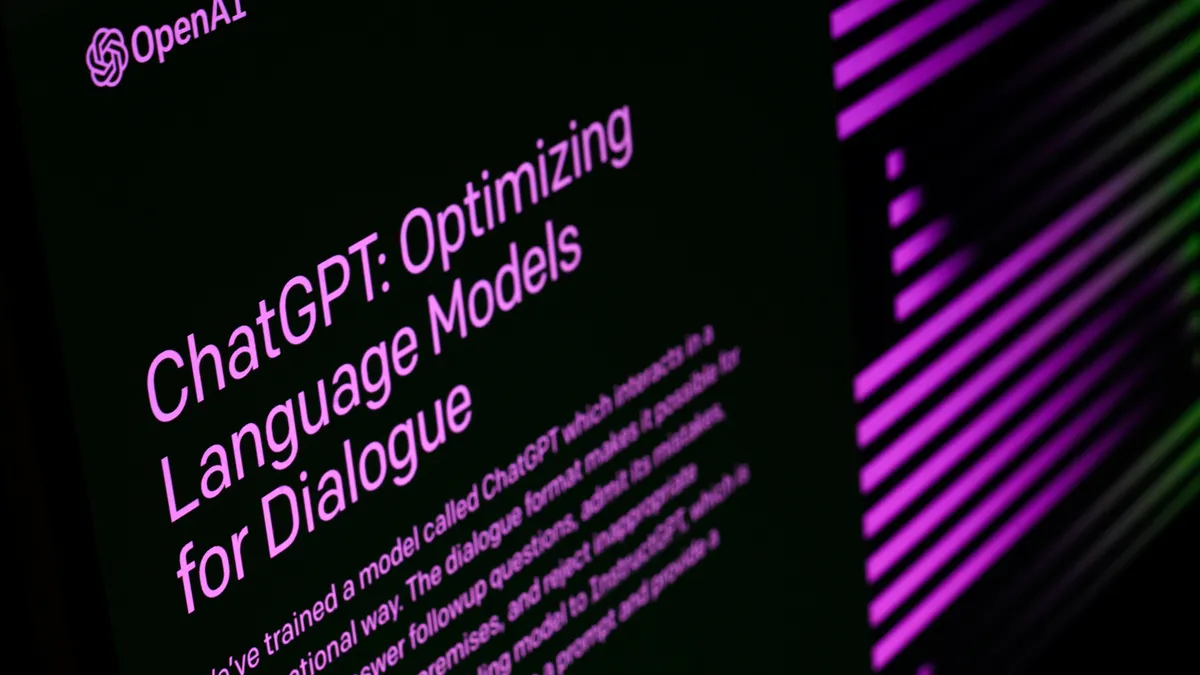Jonathan Pearce is the US Leader, Workforce Strategies, at Deloitte and Michael Griffiths is principal and lead for the learning consulting practice at Deloitte. Views are the authors' own.
Over the past year, disruptions to the global supply chain and lack of access to materials have been causing chaos across U.S. markets spanning electronics, autos, ingredients for holiday cheesecakes and everything in between. Now, amid the "Great Resignation," a major constraint to business growth today is not just the supply chain, but the supply of talent.
Organizations are scrambling for human capacity while at the same time striving to accommodate workers' new post-pandemic demands and expectations. HR and business leaders have a unique opportunity to reimagine workforce operations and talent management systems to not only address this immediate need and unleash workforce capacity now, but also to unleash greater agility long into the future. One game-changing action: shift focus from jobs to skills.
Unlock capacity by reimagining work as a landscape of skills, not jobs
In most organizations today, talent structures are based on static hierarchical jobs, not dynamic skills. Talent management tends to be based on a supply chain-oriented view of the world that assumes the workforce is an interchangeable resource to be supplied and managed. And today, that supply chain is suffering. Now is the time to turn that orthodoxy on its head and reimagine a talent organization based not on jobs but on skills to be deployed across dynamic business and workforce needs.
Matching skills to work not only unleashes workforce capacity in the short term, it also accelerates the cultivation of new skills needed for tomorrow. This new organizational form, the "skills-based organization" (SBO), places skills and human capabilities at the heart of talent strategies, creating a new model for work and the workforce that enables continual adaptation to business needs and opportunities.
Tap the 'hidden' skills within your organization
Shifting the talent management focus from tightly constrained job roles to skill profiles unlocks both the capacity and potential of the workforce. Instead of assigning workers to projects based on reporting lines, jobs or organizational unit, they are matched to projects based on their skills — opening opportunities to a broader and more diverse internal talent pool.
The pandemic has already accelerated the agile redeployment of skills. Rapid business shifts resulted in many organizations moving and retraining employees to accommodate quickly evolving business needs. Amid the pandemic's upheavals grew an understanding that employees had skills and talents that could be transferred and applied in new ways. For example, some businesses redeployed sales representatives to customer care; HR recruiters to employee hotlines; market research analysts to R&D. The list is as varied as the organizations that operated amid the pandemic. Out of necessity, organizations discovered how diverse and dynamic their workforces were.
Today, organizations have the opportunity to increase workforce capacity by gaining a deeper understanding of the skills they have on board, so they can quickly match internal skills with business needs and move talent to high-priority areas.
The shift to becoming an SBO will not happen overnight. In the short term, plugging into untapped skills in the existing workforce can help fill needs and build capacity. Over the long term, HR professionals will need to craft skills-based architecture to overlay on a company's current jobs structure. Skills profiles and skills mapping processes will need to be developed to articulate the skills people have and match them to specific skill needs for tasks, projects and priority areas.
Increase the size of your external talent pool by focusing on skills
To fill urgent capacity needs today, many organizations have been reaching out to contractors, gig workers and organizational partners. Yet for the long term, reforming the organizational approach to talent acquisition to focus on skills can dramatically increase the size of external talent pools from which to recruit.
For example, many skilled candidates are likely to be disqualified from consideration in current recruitment systems due to a gap in employment history or lack of a college degree. Businesses are missing untapped talent who may not match with criteria currently defined in recruitment management systems, but who have the skills to perform. For example, many hospitality workers have customer service skills that could be redeployed in the corporate environment, but their resume may not make it past the first cut when assessments are made solely on past job titles or education credentials. To ensure a competitive talent pool in the future, HR leaders must now start evaluating how skills are accounted for in recruiting and talent management systems, with an eye towards reconfiguration.
Ultimately, evaluating new hires based on their skill sets instead of their work history, college degrees and other predefined credentials can help level the playing field and bring a greater diversity of experiences to your workforce. The technology sector is already leading the charge to proactively build a skilled workforce for the future. Select tech companies, for example, have started to launch career certificate programs to help people without a college degree build skills for high-demand tech fields such as data analytics and user experience design.
Retain talent: Make work better for humans and humans better at work
Retention of high-performing employees is paramount amid the Great Resignation. Keeping talent with the right skills is imperative to business growth at a time when surveys show that employees are still actively looking for new opportunities to grow their careers outside rather than inside their current organization. Reforming work around skills can be an important mitigating factor to the Great Resignation. Why? Because a skills-centric organization is a people-centered organization.
In an SBO, workers are valued and rewarded for their skills and how they apply them to create organizational value, rather than for their title and level. Employees have more customized careers based on their strengths and interests. Work is more democratized, giving the humans at the center of work far more agency, choice, opportunity and equity. Together, this promotes satisfaction, engagement and belonging — key drivers of retention. From an employee experience perspective, an SBO is where workers will want to work and where they can find growth and variety within, rather than looking outside.
Technology has matured enough to make the SBO possible. AI, for example, can infer, quantify, validate and organize skills in ways that were previously impossible. Machine learning can accelerate the matching of skills to work. The tech is ready and rapidly improving, but organizations are lagging behind, hindered by entrenched mindsets tied to old orthodoxies.
Reimagining, preparing and implementing a skills-based talent management system and organizational structure will require a fundamental change at the highest levels — a long-term, sustainable, cross-functional collaboration across the C-suite. HR leaders can't do this alone, but they can certainly start and lead the process.
In the short term, applying a skills-based focus can quickly unleash new capacity and help companies realize the talent they already have. These tactics to address the capacity challenges of today also provide a foundation for transforming your talent management approaches for the long term, letting you recruit a more diverse workforce, drive retention and enable your organization to source internal talent for new tasks, teams, projects and strategic objectives. Ultimately, when you bring diverse skill sets together with diverse experiences, you get different lenses to tackle business issues, which leads to more innovative solutions. This is not just good for capacity building — it's good for business.



















